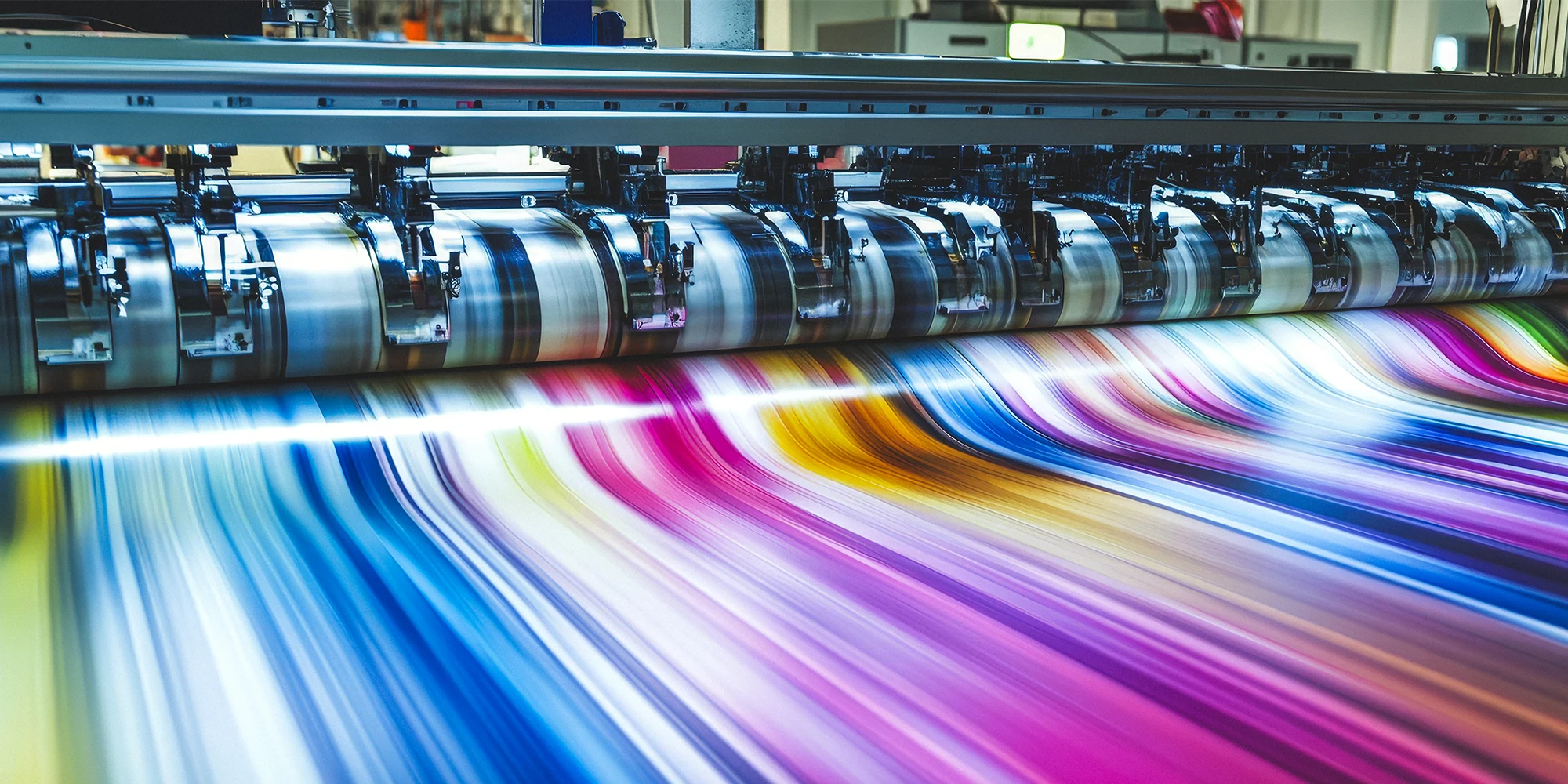Rethinking drying for the printing and coating industry
The printing and coating industry is under increasing pressure to adopt more sustainable practices. As manufacturers transition to water-based (aqueous) inks, conventional drying methods like hot air and infrared struggle to keep up. These methods are energy-intensive and can be unsuitable for heat-sensitive materials like plastic films. The result? Limited flexibility, higher costs, and unnecessary environmental impact.
To address these challenges, 42T set out to explore and demonstrate the potential of radio frequency (RF) dielectric drying – a technology that offers faster, more targeted, and more energy-efficient drying.
What we did
We designed and developed a custom RF electronics system and built a complete drying test rig to prove the concept.
Our team tackled complex challenges in both electronic and mechanical design, including:
- Developing a high-voltage amplifier with fast feedback for stability and control
- Designing precision mechanical components to ensure uniform, repeatable drying
- Integrating all components into a compact, demonstrator-ready test rig
In our setup, wet ink is applied to paper or plastic substrates. As the material moves between two RF plates, the RF energy targets and heats only the ink, rapidly evaporating moisture without affecting the substrate.
“The drive to aqueous inks is laudable, but too often the elephant in the room is ignored: that drying aqueous inks is difficult. RF drying has the potential to provide a step-change in drying technology for this industry and I am excited to see where it goes from here.”
Proven results
The demonstrator successfully dried:
- Boiling water – showcasing the raw power of RF dielectric heating
- Wet paper – proving effectiveness on porous substrates
- Ink on acrylic – validating performance on non-porous, heat-sensitive materials
These results confirm that RF drying is not only technically feasible but also highly effective. The process is faster, more energy-efficient, and gentler on materials compared to traditional methods.
Want to see the RF drying demonstrator in action? Watch the testing video below:
We’re now actively engaging with OEMs, ink manufacturers, and industry partners to explore real-world applications and future developments. The technology will be showcased at the FuturePrint TECH Industrial Print event (31 March – 2 April 2025).
Still Curious about the future of industrial printing?
Discover how RF dielectric drying could revolutionise the way we work with water-based inks — cutting energy use, reducing costs, and unlocking new business opportunities. Read Dr Peter Brown’s article as he explores the game-changing potential of RF drying in the printing and coating industry: Industrial printing advances promise new business opportunities.

